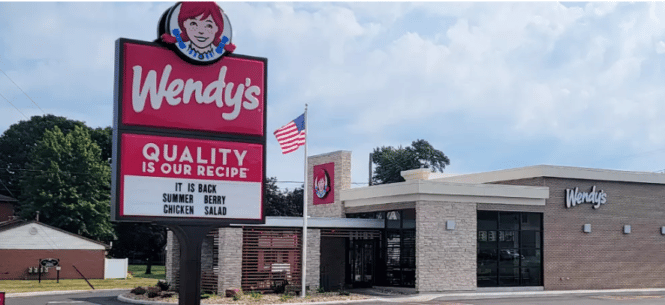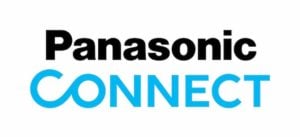
Wendy’s POS System Case Study
In the self-service world, the employee is an absolute critical component for success. Equipping employees with reliable and training them to easy-to-use
technology becomes extremely important. Here is a POS case study provided by Panasonic. It’s worth noting that all of these stations are Intel-based workstations. You can email [email protected] for more information.
Background
In 2009, Chris Lane, VP of Operations of BASEC Management, a Wendy’s franchisee, and his wife, Emily, purchased several restaurants from her parents. As a five-year Chair of Wendy’s Technology Advisory Council (WTAC) and Secretary/Treasurer of Wendy’s Franchise Association (WFA) for three years, Mr. Lane has been determined to offer only the best Wendy’s experience to his customers and employees.
From the beginning, The Lanes established that their core goals were to continue the family’s legacy of serving the community and building generational opportunities. They knew that in order to be successful and expand to additional units, they had to provide outstanding food quality, exceptional customer service and facilitate streamlined operations among their teams. When he began the initial restaurant operations, Mr. Lane was pleased with Panasonic Connect’s rugged durability in its JS7500 POS workstations. While this hardware was a workhorse of its time, reporting was manual, and everything had to be put into a spreadsheet due to the embedded software architecture. Mr. Lane knew that a software upgrade was necessary in order to expand the business.
The Challenge
Wendy’s Franchisee Chris Lane was unable to attain sufficient data, manual reporting was necessary, and systems were not integrated with his original JS7500 POS workstations. He was looking for a next-gen software solution and needed a software-agnostic hardware platform that would last for years to come.
The Solution
Mr. Lane installed Panasonic Connect’s answer to a modern, conversational, touch-screen POS system, the JS950. It was easy to maintain and due to the open architecture, it gave him the opportunity to deploy his new POS Software to collect valuable data, while seamlessly integrating with any HRIS systems. He later upgraded to the JS960 and JS970 terminals in 2015, which provided even more flexibility, and durability. In addition, he has added four new Stingray4 JS980s to his newest location.
The Results
After upgrading his software and installing the JS950 workstations in 2009, there has been an overall 52% business growth. Since transitioning to JS960 and JS970 in 2015, they have grown their business by 27%.
In 2015, Mr. Lane upgraded most of his terminals to JS970s. These workstations have had a tremendous impact on his team, with almost no down time. In fact, he’s only had to repair or replace four terminals of the 28 purchased, averaging a 99% uptime. The touchscreens remain calibrated, which helps his team fulfill food orders, quickly and easily, and they also feature a powerful Intel processor. The rugged structure ensures reliable, non-stop operations. In addition, the four JS980s that he purchased for his newest restaurant allow even more component flexibility.
Read the full case study on the Panasonic site. You can also download the PDF.
More Posts
- Wendy’s Serves Up Big Kiosk Expansion As Wage Hikes Hit Fast Food(Opens in a new browser tab)
- Wrap – Four Lane Drive-Thru Taco Bell Defy (with kiosk)(Opens in a new browser tab)
- Panasonic Digital Signage Solution Available
- Panasonic Lockers – Panasonic Smart Lockers Resources
- What’s Next? Interviews with 22Miles and Panasonic from SCN
- Digital Menu Boards — Panasonic ClearConnect™ Restaurant Solutions
- Panasonic Launches New Turnkey, Self Order Kiosk Solution for Enterprise
Video





